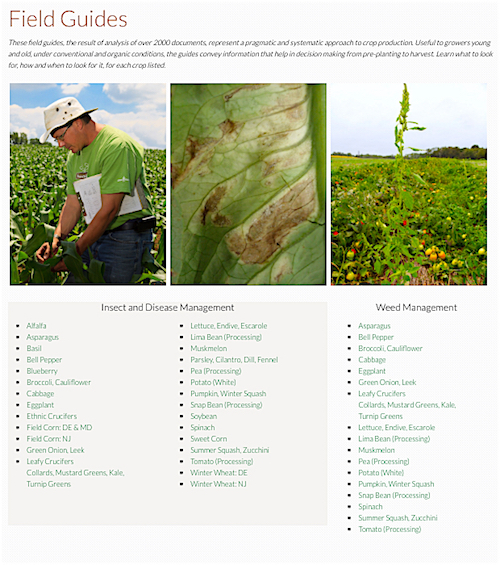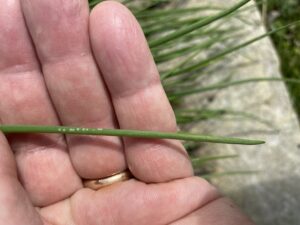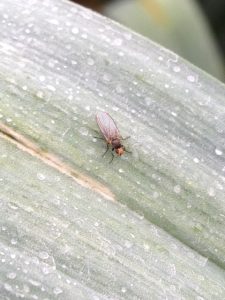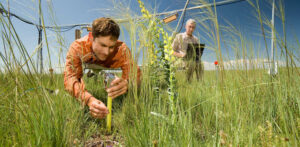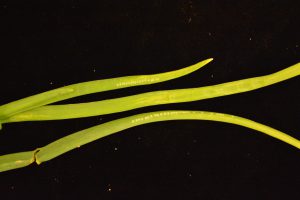With the state continuing to experience colder spring temperatures, the Department of Environmental Protection has agreed with NJDA Secretary Douglas Fisher’s request to allow farmers to do controlled open burning or use specialized torches known as smudge pots to protect flowering crops from damage beginning today, April 20, through Wednesday, May 4.
Damage from freezing weather now can significantly reduce yields of certain fruits and vegetables that are in the flowering stage.
Please see the link below for more information:
 Articles in this section contain information helpful to the NJ commercial organic grower.
Articles in this section contain information helpful to the NJ commercial organic grower.